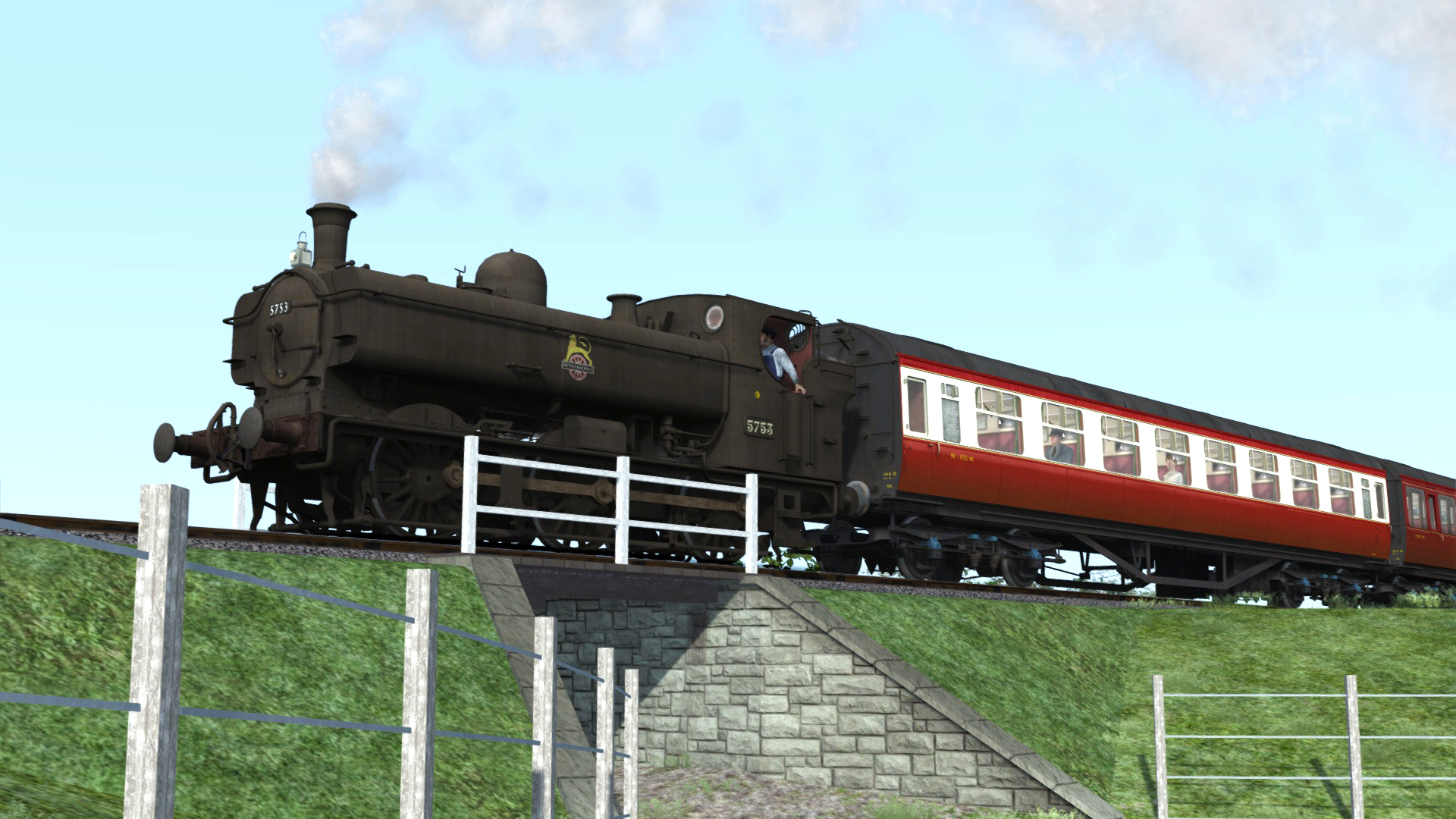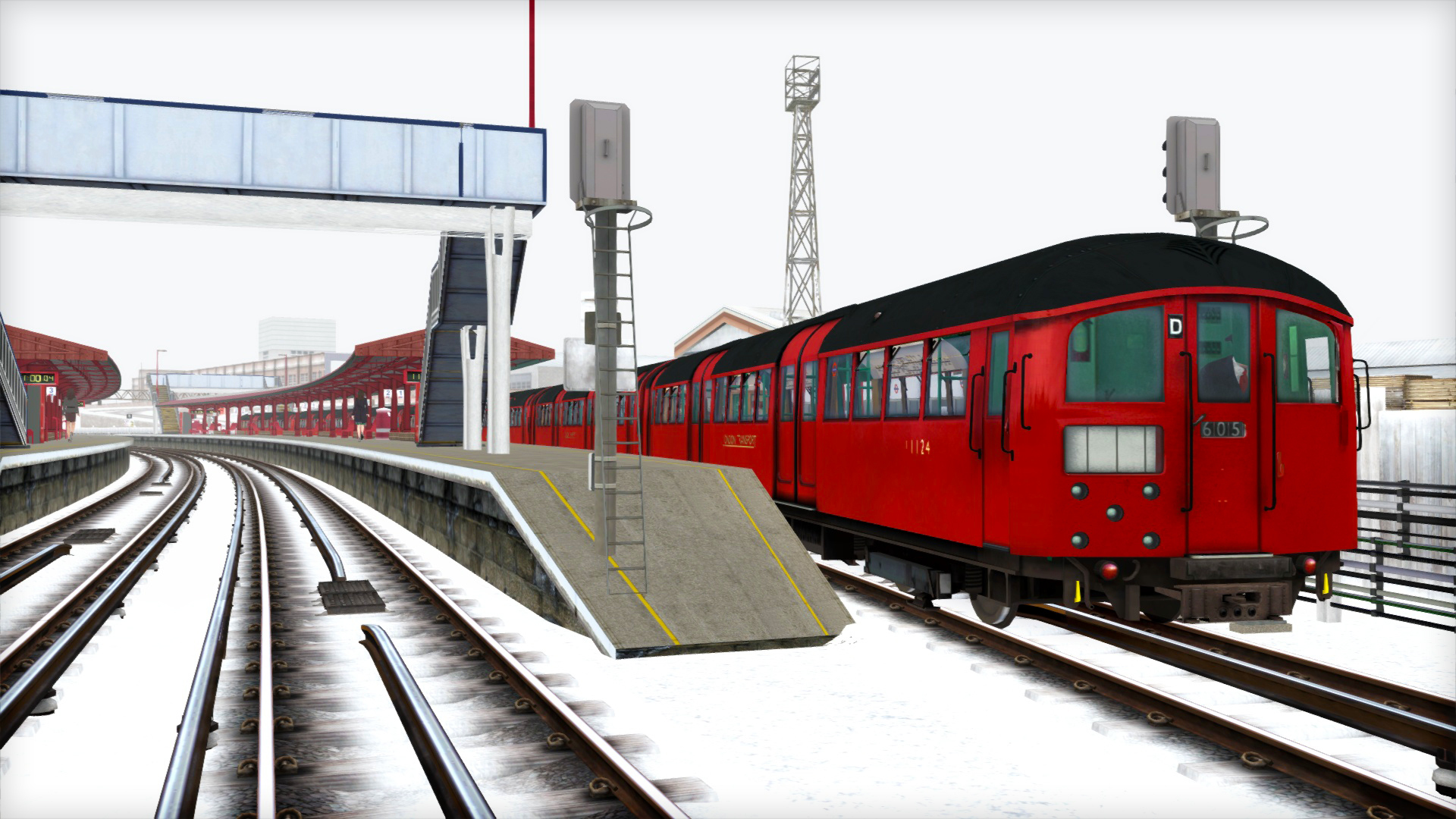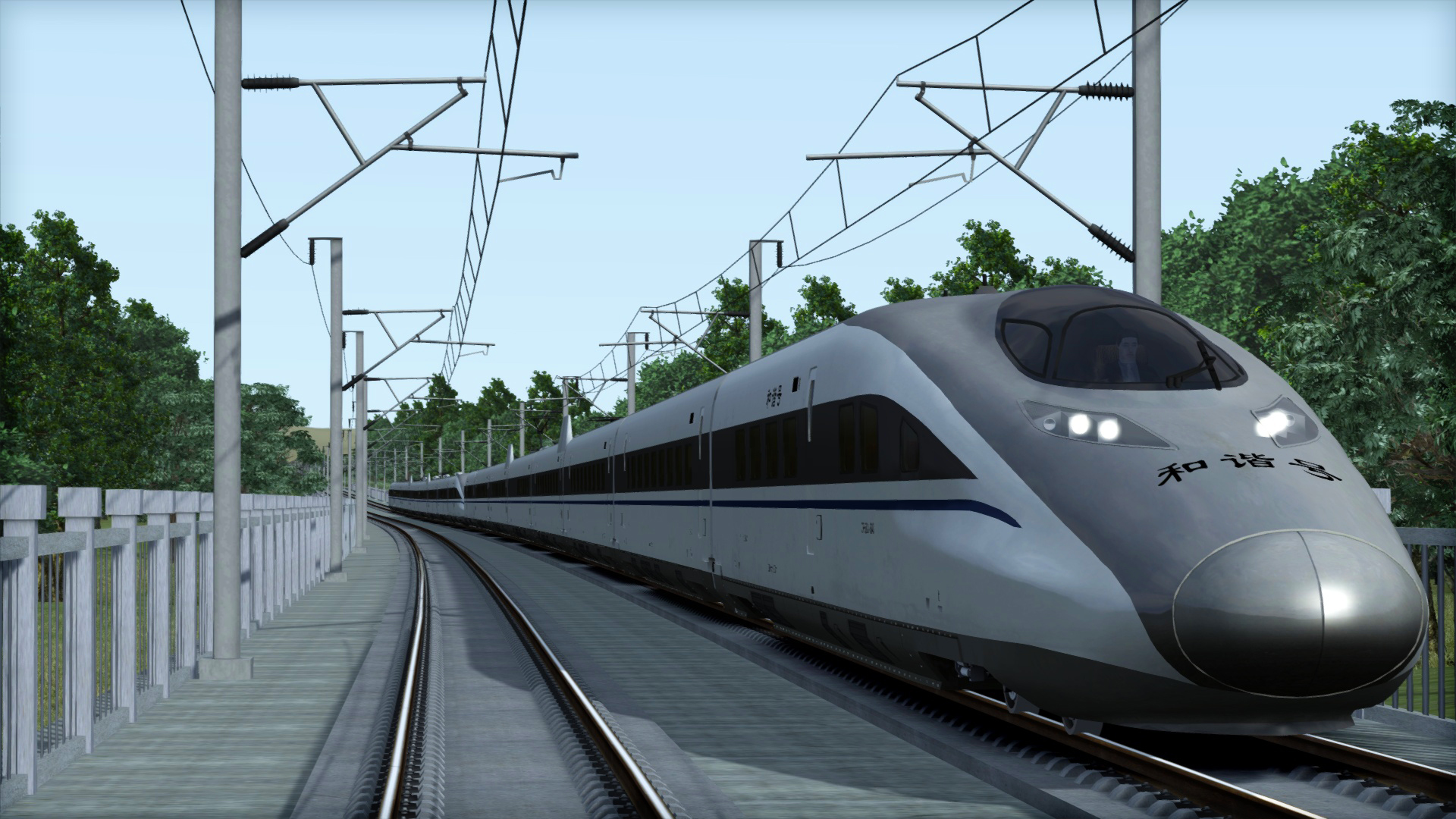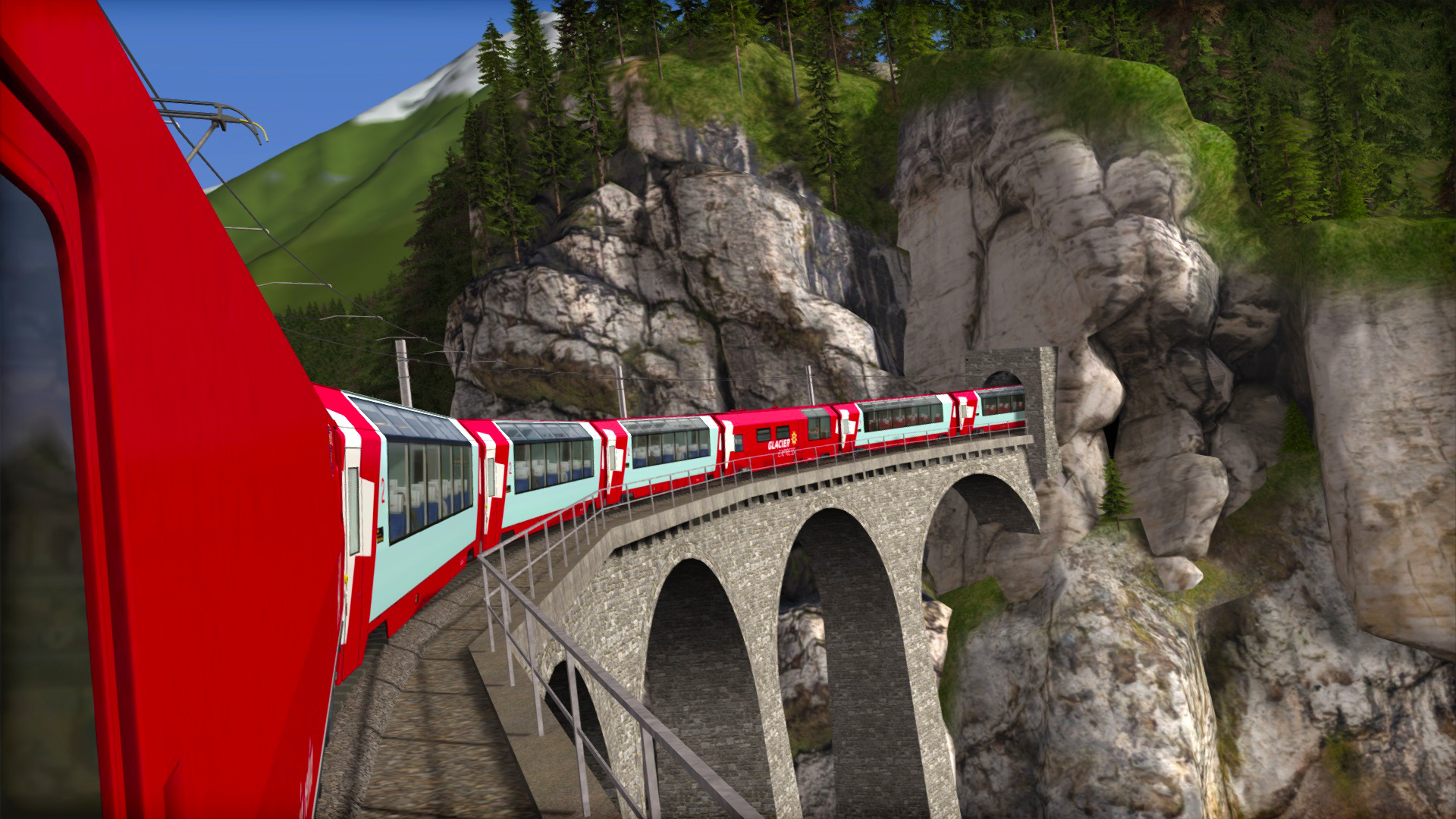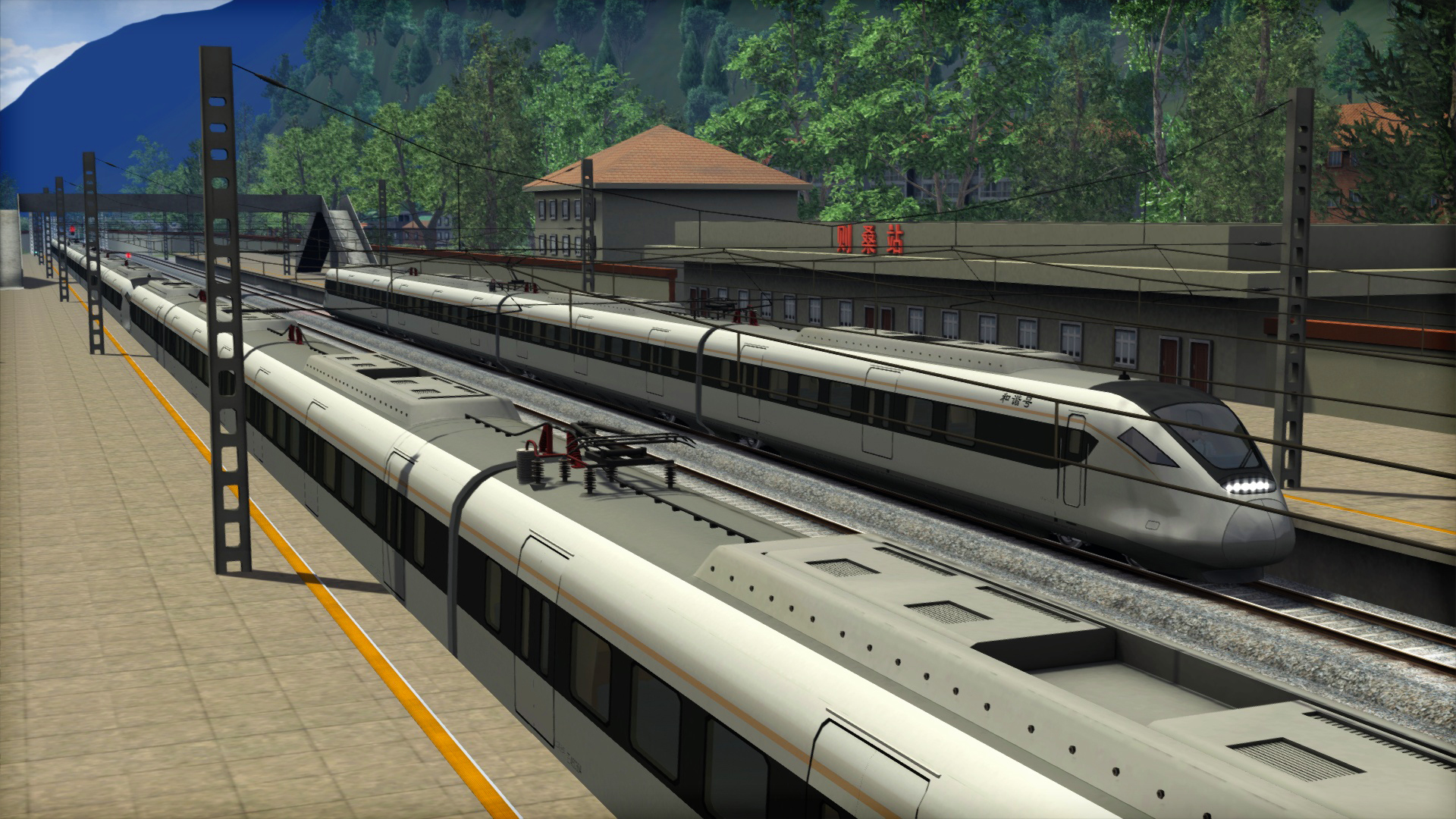
Jul 13, 2017
Train Simulator Classic 2024 - DTG_James
13/07/2017
http://store.steampowered.com/app/500248/Train_Simulator_Aerotrain_Streamlined_Train_AddOn/
The Aerotrain, a futuristic and utterly unique lightweight diesel streamliner that became one of the most iconic American passenger trains of the 1950s, is now available for Train Simulator!

The Aerotrain was created by General Motors as a lightweight, low-cost alternative to traditional passenger equipment, and the diminutive streamliner was at once futuristic in its bold styling and design-based upon standard industrial components. Motive power for the Aerotrain came in the form of a sleek Electro-Motive locomotive designated the LWT12, which was equipped with a standard EMD 567-series 1,200-horsepower diesel power plant. The Aerotrain’s low-slung passenger coaches were based upon GM’s standard 40-passenger intercity bus carbody, which for rail service was widened by 18 inches and mounted on a pair of axles per coach.

General Motors assembled a pair of 10-car Aerotrain demonstrators in 1955. The distinctive streamliner made its debut in January 1956 when one of the demonstrators ran from Washington, D.C., to Newark, New Jersey on the Pennsylvania Railroad while the second dashed from Chicago to Detroit on the New York Central. The Pennsylvania Railroad then leased one Aerotrain and utilized it as a nine-car train in New York-Philadelphia-Pittsburgh service, while the second Aerotrain undertook a barnstorming tour that included working on U.S. railroads such as the Santa Fe and Union Pacific. A third Aerotrain locomotive was constructed for the Rock Island and the RI eventually purchased the two demonstrators as well.

Created for Train Simulator by DTM, the complete Aerotrain (LWT12 locomotive, coach, and coach-observation) is authentically re-created wearing the Pennsylvania Railroad’s famed “Keystone” logo, making it perfect for service on Train Simulator’s classic Horseshoe Curve route (available separately). And the Aerotrain pack also includes a version of the iconic train in standard demonstrator livery ideal for operation on a wide variety of Train Simulator routes.
http://store.steampowered.com/app/500248/Train_Simulator_Aerotrain_Streamlined_Train_AddOn/
The Aerotrain, a futuristic and utterly unique lightweight diesel streamliner that became one of the most iconic American passenger trains of the 1950s, is now available for Train Simulator!

The Aerotrain was created by General Motors as a lightweight, low-cost alternative to traditional passenger equipment, and the diminutive streamliner was at once futuristic in its bold styling and design-based upon standard industrial components. Motive power for the Aerotrain came in the form of a sleek Electro-Motive locomotive designated the LWT12, which was equipped with a standard EMD 567-series 1,200-horsepower diesel power plant. The Aerotrain’s low-slung passenger coaches were based upon GM’s standard 40-passenger intercity bus carbody, which for rail service was widened by 18 inches and mounted on a pair of axles per coach.

General Motors assembled a pair of 10-car Aerotrain demonstrators in 1955. The distinctive streamliner made its debut in January 1956 when one of the demonstrators ran from Washington, D.C., to Newark, New Jersey on the Pennsylvania Railroad while the second dashed from Chicago to Detroit on the New York Central. The Pennsylvania Railroad then leased one Aerotrain and utilized it as a nine-car train in New York-Philadelphia-Pittsburgh service, while the second Aerotrain undertook a barnstorming tour that included working on U.S. railroads such as the Santa Fe and Union Pacific. A third Aerotrain locomotive was constructed for the Rock Island and the RI eventually purchased the two demonstrators as well.

Created for Train Simulator by DTM, the complete Aerotrain (LWT12 locomotive, coach, and coach-observation) is authentically re-created wearing the Pennsylvania Railroad’s famed “Keystone” logo, making it perfect for service on Train Simulator’s classic Horseshoe Curve route (available separately). And the Aerotrain pack also includes a version of the iconic train in standard demonstrator livery ideal for operation on a wide variety of Train Simulator routes.




